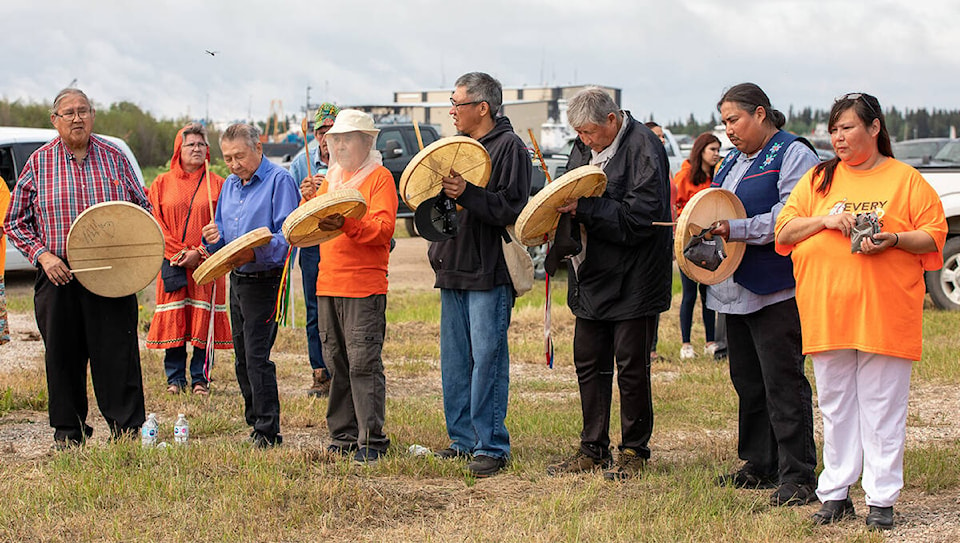This week will mark for many workers the first statutory holiday recognizing the National Day of Truth and Reconciliation.
After the federal government declared Sept. 30 a day off for its employees last June, the Government of the Northwest Territories followed suit in August.
The Town of Hay River last week passed a bylaw to create a full-day civic holiday for its employees that includes a commitment to raise an orange flag to commemorate the day.
Whether you have the day off or not, we are calling on all residents as an act of citizenship to not let the day slip by without some sombre reflection on the history of residential schools and their impact in Canada.
Some educators and other residents have pointed out that it is unfortunate that the day is being marked as a statutory holiday as it could allow school children a learning opportunity within an educational context.
This is likely true, however, we feel that it is on every person to take part in the day and we are glad to see that the day is receiving special recognition from coast to coast to coast, nonetheless.
And there is no better time for the day to be marked than now.
Although the issue of residential schools has been one that has increasingly taken a more prominent role in our national discourse since the official federal apology of 2010, the last six months have seen a more acute focus because of the uncovering of unmarked grave sites at the former Kamloops Indian Residential School in May.
These recent months have not been easy for anybody.
For Indigenous peoples especially, the unmarked graves either served as a reminder of the direct horrors experienced in the government-sponsored schools or reopened wounds of survivors’ descendants who have experienced generational trauma, familial instability and cultural loss and detachment.
But these times haven’t been easy for non-Indigenous Canadians, either. Many still may be unable or unwilling to comprehend the full impact of residential schools on their First Nations’ neighbours or if they do have a full understanding, may be feeling extreme feelings of guilt, shame and hopelessness.
It is important that this day serves as an opportunity for Indigenous and non-Indigenous people to honour the survivors and recognize the impact of residential schools from their own perspectives.
But the day ought to go further in ensuring that we see one another as co-habitants working toward a shared future and toward the building of a stronger and renewed friendship.
While the residential school issue has at times been a divisive and emotional one between Indigenous and non-Indigenous Canadians, we hope that the first National Day of Truth and Reconciliation can bring healing and understanding for those in our community needing it the most.
